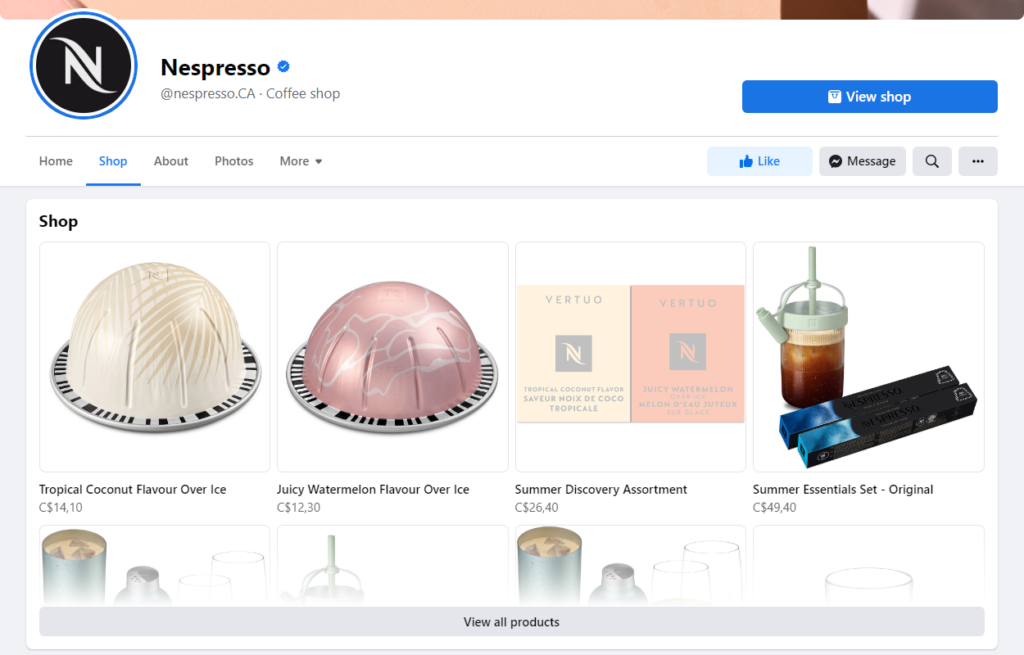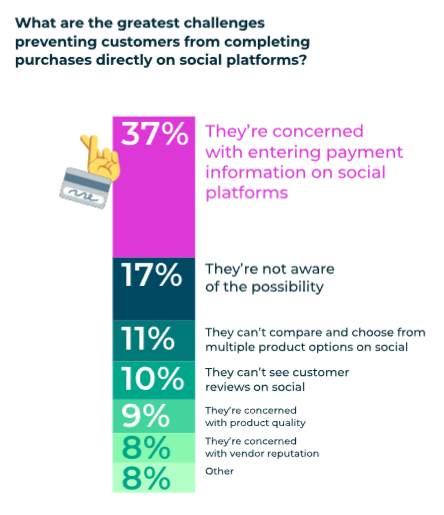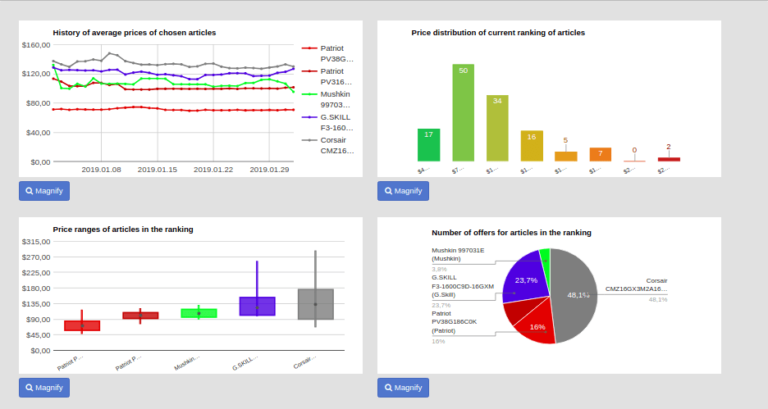
Unleash the potential of Social Commerce – all you need to know about this e-commerce growing trend 2023
- 24 May 2023
Online stores have many possibilities when it comes to selling their products – their own channels, marketplaces, mobile apps, and social commerce. In this post, we want to focus on this last channel. What is social commerce about, and how can you maximize its potential in your e-commerce business?
In general, social commerce is based on selling and buying products via social media channels. In some instances, it’s even possible to finish the order without leaving the platform. The idea behind social commerce is simple – people (especially young users) increasingly use social media to look for brands and services. Take a look at this chart provided by Hootsuite:

Source: https://www.hootsuite.com/research/social-trends/commerce
According to this source, people in the 16-24 age group more often use social media than search engines when it comes to brand research. Although the advantage is not huge (just 4%), it proves there’s potential to offer products directly on social media platforms.
That said, the value of the global social commerce market is increasing. According to Statista, social commerce will come near $3bn as soon as 2026:

Source: https://www.statista.com/statistics/1251145/social-commerce-sales-worldwide/
If you run an online store, what are your options when it comes to social commerce?
INSTAGRAM SHOPPING
It allows e-commerce businesses to showcase and sell their products directly to Instagram users. It provides a seamless shopping experience by enabling businesses to tag their products in posts and stories, leading users to a dedicated product page where they can learn more and make purchases.
Given that Instagram is all about visual communication and thousands of stores and brands are present on this platform, Instagram Shopping is a natural step in making the shopping experience seamless and convenient.

Source: https://business.instagram.com/shopping/
If you want to start using this feature, you need to set up an account in Instagram’s Commerce Manager.
FACEBOOK SHOPS
Since Facebook and Instagram are both owned by the same company, a similar feature (called Facebook Shops) can be found on Mark Zuckerberg’s platform. Moreover, the setup process is practically the same. Both platforms offer to show and sell products, in-app payments, and integrations with e-commerce platforms (e.g., with Shopify and BigCommerce). Below, we show you an example of a Facebook shop run by Nespresso:

TIKTOK SHOP
With over 1 billion users, TikTok is one of the most popular social media platforms out there. And TikTok also decided to offer a social commerce feature known as TikTok Shop. Users can discover and explore a variety of products from different brands while scrolling through their TikTok feed. By tapping on a product, users can access additional information, view images or videos, and make purchases within the app. TikTok Shop offers a dynamic and engaging way for businesses to connect with their audience and drive sales by leveraging the platform’s viral and interactive nature.

Source: https://shop.tiktok.com/business/en
If you want to offer your products on TikTok, you need to register as a Seller and use your Seller Center to add and showcase products.
Other platforms enabling some social commerce features comprise:
- Pinterest: Pinterest allows businesses to create shoppable pins, where users can explore and purchase products directly from the platform. It is particularly useful for showcasing visually appealing products and inspiring users.
- Snapchat: With Snapchat’s dynamic ads and Catalog-Powered AR Shopping Lenses, online stores can showcase products and encourage users to make purchases directly within the app.
- Twitter: Twitter has integrated features like Twitter Shops and Buy Now buttons, allowing your store to sell products directly to users of this platform.
While the popularity of this form of online shopping may be going up, there are still some challenges that need to be addressed. The research conducted by Hootsuite that we mentioned earlier tackles this question as well. As it happens, the biggest challenge is related to the safety of payments:

Source: https://www.hootsuite.com/research/social-trends/commerce
If you want to add this channel to your e-commerce mix, you need to be aware of those issues and take them into account in your communication. If payments constitute a problem, you can tell your customers to pay with one-time virtual debit cards that are safe and easy to use (many banks and banking apps enable such a feature). When it comes to Facebook Shops, your customers can pay with PayPal, which is also a trusted online payment solution.
The second issue Hootsuite mentions in its report is that nearly 20% of customers are not aware of the possibility of buying products via social media channels. That’s why it’s crucial for online stores to mention their social commerce channels in communication with customers. You could include such a piece of information in your newsletter, on a website, or even in your main social media profiles. A push notification saying, “Hey, Mark! We’ve opened a store on Instagram. Drop by and use a 10% welcome discount!” is also a good idea.
Just like in every other sales channel, social commerce is all about exposure and a good pricing strategy. If you want to be successful in selling your products on social media platforms, pay attention to the following questions:
- Select the platform: Ensure you pick the social media channel that’s suitable for your offer. For instance, if you’re selling products for the silver generation, TikTok is probably not the best bet.
- Add high-quality photos: This point is important in every sales channel, but social media is all about visual content. With low-quality pictures, you won’t be able to sell many products.
- Tell your current target audience about your store on social media: Make sure every customer knows about your new offer. You can encourage them to use this channel by giving them an incentive, e.g., a discount or free delivery.
- Don’t forget about advertising: E-commerce is a difficult and extremely competitive market sector. If you want to succeed, you’ll need some good ads. Discover what each of the platforms we mentioned above has to offer to companies selling products and add advertising to your marketing strategy.
- Refine your pricing strategy: You don’t want to sell your products for a price that’s either too low or too high. This is where the role of pricing software begins. With our help, you can monitor prices on social channels and adjust them automatically using dynamic pricing. As a result, your store is competitive (no matter the channel).
Monitor your prices to improve your Social Commerce revenue!
Try Dealavo today!
Dealavo is a pricing platform for all online stores out there. Thanks to our solutions, you can:
- Monitor prices on the market
- Adjust them automatically
- Improve your offer
- Increase your profits and ROAS
Would you like to know more? Start with a free demo of our platform. Our experts will help you see how Dealavo works in real life and use this tool to maximize your store’s performance.





